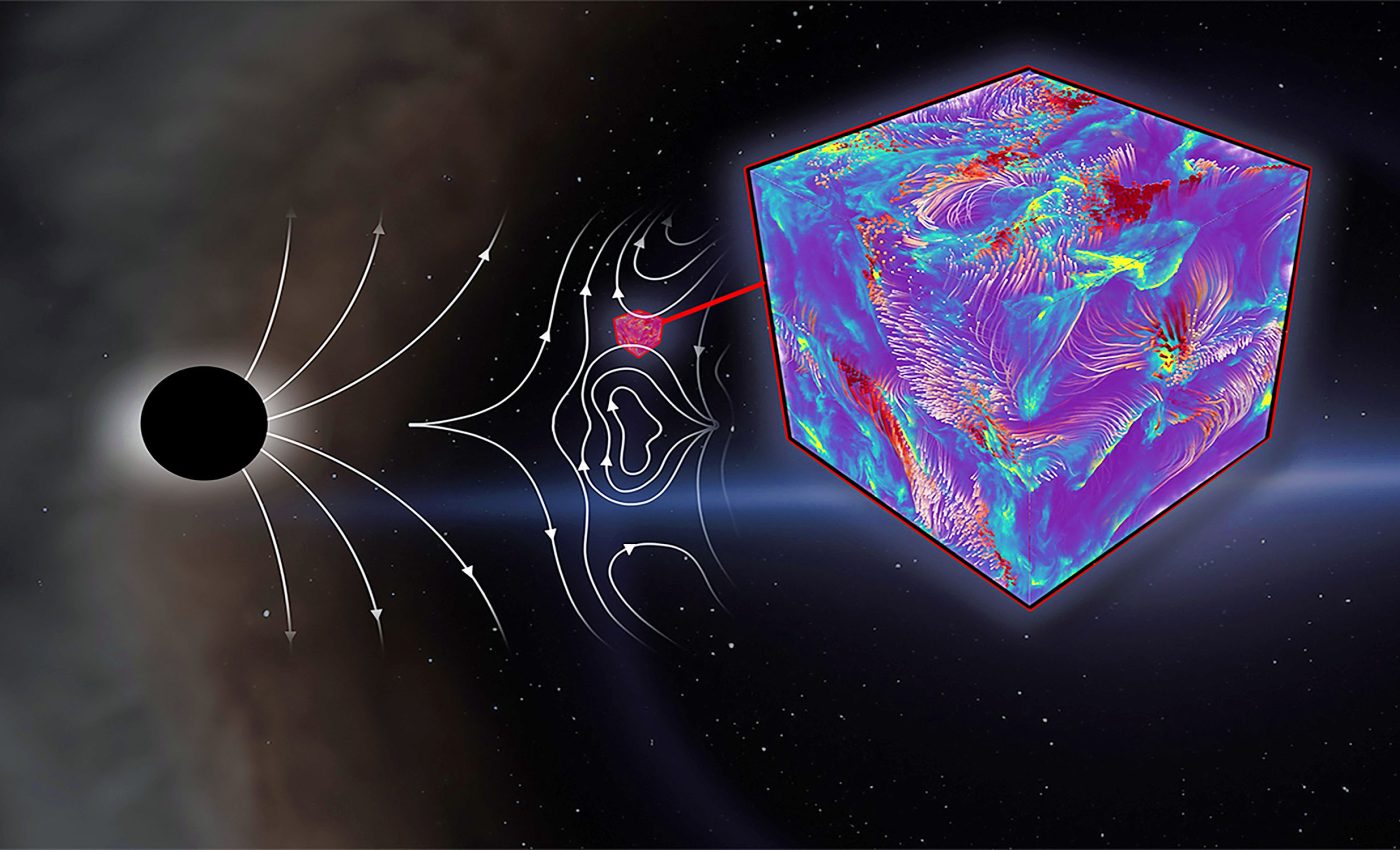
X-ray radiation from black holes explained after 50-year struggle
A sense of mystery has always been attached to black holes and the x-ray radiation that they produce.
Formed when a large star collapses into such a dense concentration of mass that its gravity prevents even light from escaping its sphere of influence, black holes have long held the fascination of scientists across the globe.
Their indirect effects on the environment, however, offer tantalizing clues to their workings, inviting relentless inquiry.
One such mystery, the X-ray radiation from black holes that’s been pursued for answers since the 1970s, has finally been decoded.
Pursuit of black holes’ x-ray secrets
Researchers at the University of Helsinki have succeeded in something that has been pursued since the 1970s: explaining the X-ray radiation from black hole surroundings.
Through detailed supercomputer simulations, they modeled the interactions between radiation, plasma, and magnetic fields around black holes.
It was found that the chaotic movements, or turbulence, caused by the magnetic fields heat the local plasma and make it radiate.
“The flares in the accretion disks of black holes are like extreme versions of solar flares,” highlighting the intense nature of these phenomena,” explained Associate Professor Joonas Nättilä, who heads the Computational Plasma Astrophysics research group at the University of Helsinki.
Black holes, accretion disks and x-rays
Black holes often come with a companion star, forming a binary star system.
In such an arrangement, the immense gravitational pull of the black hole affects its companion, causing both objects to orbit each other.
Over time, the black hole’s gravity exerts a powerful influence, pulling matter away from the companion star.
This captured material slowly spirals inward, forming an accretion disk around the black hole.
The accretion disk, a bright and observable source of X-rays, is generated as the gas flows into the black hole.
Since the 1970s, scientists have hypothesized that these X-rays are produced through the interaction of the local gas and magnetic fields, much like how the sun’s magnetic activity leads to solar flares.
Quantum effects in radiation-plasma interaction
The study revealed that the turbulence around black holes is so intense that quantum effects become significant for the plasma dynamics.
The modeled interactions showed that local X-ray radiation can transform into electrons and positrons, which can annihilate back into radiation when they come into contact.
Nättilä explained, “In everyday life, such quantum phenomena where matter suddenly appears in place of extremely bright light are, of course, not seen, but near black holes, they become crucial.”
He added, “It took us years to investigate and add to the simulations all quantum phenomena occurring in nature, but ultimately, it was worth it.”
Towards a clearer understanding of radiation origins
The study marked a major step forward in identifying the source of X-ray radiation observed from accretion disks.
It unveiled that the plasma around black holes can exist in two distinct equilibrium states, depending on the external radiation field, which can be opaque and hot or transparent and cold.
“The X-ray observations of black hole accretion disks show exactly the same kind of variation between the so-called soft and hard states,” Nättilä pointed out.
These findings align with existing X-ray observations, offering a clearer understanding of how black holes impact their surroundings.
Implications for future research and technology
The insights gained from this study not only advance our understanding of black hole behavior but also open new avenues for future research and technological innovation.
The detailed modeling of radiation-plasma interactions and quantum effects provides a foundation for developing more accurate observational tools and techniques in astrophysics.
These advancements could lead to better detection and analysis of X-ray emissions from other cosmic phenomena beyond black holes, potentially enhancing our ability to map and explore the universe.
Understanding the extreme conditions near black holes could also inspire technological breakthroughs in fields like energy production and quantum computing, where similar high-energy interactions are explored.
The continued exploration of these cosmic giants promises to yield invaluable knowledge and technological advancements, further expanding our grasp of the universe.
The full study was published in the journal Nature Communications.
—–
Like what you read? Subscribe to our newsletter for engaging articles, exclusive content, and the latest updates.
Check us out on EarthSnap, a free app brought to you by Eric Ralls and Earth.com.
—–













